Notes From a Pandemic: March 28th, 2020
by Miles Raymer
Greetings, dear friends of the present and curious citizens of the future.
There have been many times in my life when I felt like things were moving quickly. Most people agree that the speed of human events has increased in recent decades, largely due to breakthroughs in digital technology and globalization. And yet, we are all learning now that nothing compares to the dizzying pace of a virus going global. For Americans, this was our “here we go” week, our “holy shit” week, our “maybe we won’t get this right, after all” week.
Between this moment and my last journal one week ago:
- The number of confirmed COVID-19 cases in the world increased by a factor of 2.24 (224%)
- Confirmed US cases increased by a factor of 5.24 (524%)
- Confirmed California cases increased by a factor of 3.91 (391%)
- Confirmed Humboldt County cases increased by a factor of 7.00 (700%)
- Total US deaths increased by a factor of 6.80 (680%),
- The US death rate is doubling every three days
- The US now leads the world in total confirmed cases, albeit only if you trust the official Chinese numbers (which I don’t)
Here is a graph of confirmed US cases as of last night:
In 2016, Donald Trump said this at a rally:
We’re gonna win, win, win. You’re gonna get so tired of winning. You’re gonna say, Mr. President, please, we don’t wanna win anymore, it’s too much. And I’m gonna say, I’m sorry, we’re gonna keep winning.
For once, Trump kept his word. He spent the last few weeks saying, “I’m sorry, we’re gonna keep winning,” and here we are.
Even though it’s unreasonable to blame Trump for the entirety of our sluggish response to the pandemic’s onset, we must acknowledge that he continued to make a mockery of his office while small blips of COVID-19 blossomed into hotspots across our nation. He could have done more––so, so much more. But I’m a forgiving guy, and I don’t want my pride to get in the way of saving lives. I’ll say it:
Mr. President, please, we don’t wanna win anymore, it’s too much.
Mr. President, please, we don’t wanna win anymore, it’s too much.
Mr. President, please, we don’t wanna win anymore, it’s too much.
To its credit, Congress finally got its ass in gear. On March 18th, the Families First Coronavirus Response Act was signed into law, followed this week by the Coronavirus Aid, Relief, and Economic Security (CARES) Act. Even if done imperfectly, I am pleased to see the Federal Government taking major action. From what I’ve read, the CARES Act seems like a fairly sweeping and decent bill, even if everyone knows that it will only tide us over for a short while. I was thrilled to see that it included direct cash payments to most Americans––a small but significant step toward possible implementation of basic income in the months ahead.
Meanwhile, Trump can’t decide if the situation is serious and says everything can be back to normal by Easter. It’s obvious that he hasn’t yet come to the realization shared by every intelligent and informed person on the planet: this thing is not going away overnight.
The COVID Conundrum or The Hammer and the Dance?
The way forward, we’re now told, is to play an unprecedented and experimental zero-sum game that pits human lives against economic prosperity. I’ve started calling this the “COVID Conundrum”: countries that utilize a “mitigation” strategy will fail to flatten the curves of their infection and death rates. These countries will suffer intensely and risk systemic collapse of their health care services. But, the thinking goes, such countries will burn through the virus much faster, perhaps earning themselves a quicker route to a full economic reboot. In contrast, countries that utilize a “suppression” strategy to flatten their curves will manage the disease much better, but are likely to experience more protracted economic woes.
But is this Conundrum––now ubiquitous in media commentary––really the right framing mechanism for this situation? As Tomas Pueyo has brilliantly argued in his essay “The Hammer and the Dance,” suppression is really the only option for countries seeking to avoid a major catastrophe. Immediate and intense suppression (the hammer), is essential but only necessary for 3-7 weeks, after which time most economic activity can resume with proper safety practices as we develop a vaccine (the dance).
This is worrisome, not in the least because America doesn’t seem poised to start swinging any hammers. And even if enacted quickly, I suspect that many Americans will not honor the strictures of state-mandated suppression. Our sense of civic sacrifice for the common good, long riven by decades of “you’re on your own” economics and divisive battles between political elites, is not primed for this. Though I’m now only leaving my home twice a week to buy groceries and help keep a local farm alive, when I do go out, my community looks much the same to me as it did before our “shelter in place” order was issued. I’ve communicated with lots of friends around the country in the last two weeks (Oregon, Washington, Pittsburgh, New York, New Orleans), and the willingness of local populations to commit to physical distancing varies widely. This is all just anecdotal, of course, and I’m hoping to hear different stories as the virus spreads and its damage becomes more apparent.
Cannabis in the crossfire
Many of California’s cannabis companies appear to be operating normally, some with increased safety measures that may or may not be effective. This is allowed because state and local regulators have categorized cannabis as an “essential” service––a determination I believe to be both wrong and dangerous. I think Medical cannabis activities are “essential” and should be allowed, but believe that the vast majority of Adult-Use (recreational) activities should be shut down at this time. I have mixed feelings about the continued operation of cultivation sites, which have very vulnerable production timelines and tend to better accommodate physical distancing compared to processing centers, packaging/distribution facilities, or retail shops. I’m agnostic about manufacturing since I’m not familiar enough with those processes.
I know these opinions run directly contrary to my personal economic interests and those of my community, and I empathize with folks who’ve put everything they have into a business that may fail if they shut down. But I think the way this plays out is that our industry will become a unique and harmful vector for COVID-19 in the weeks ahead. I desperately want to be wrong about this.
What’s keeping me sane?
In Humboldt, we’re about to spike, and the dread is palpable. Confirmed cases went from 2 to 14 in the last week, and my understanding is that there’s likely to be about 60 unconfirmed cases for every confirmed one at this time. Community spread is definitely happening, and the more we learn about the infectious nature of this virus, the more it seems perfectly-crafted to infiltrate every corner of modern human commerce and social life. My father and his partner are both medical professionals who will almost certainly be called upon to serve in our local hospitals. We’ve got a gun in the house for the first time I can remember. I am really, really scared.
So, what’s keeping me sane? Everyone in my home is still healthy. As of today, it’s been two weeks since any of us had significant social contact. I am cautiously optimistic that we might avoid the initial wave, although it’s impossible to know exactly when the best or worse times will be to get infected in the weeks to come.
I’ve never been more grateful for the people who maintain civilization’s infrastructure, both digital and physical. I’ve also never thought of agricultural workers and grocery store employees as heroes, which I do now and will forevermore. I can be safe here at home because lots of brave people are still going to work, still risking their health and safety for the common good.
My wife gave blood this week. I’m not allowed at the moment, but I drove her to the blood bank and back. She usually hates giving blood and feels faint after, but this time she had a great experience with a friendly nurse, and blazed like a beacon of hope the whole drive home.
I found myself joyfully caught up in the surge of pandemic-driven contributions to charitable organizations and artists. I took special pleasure in purchasing the discography of Stèv, an Italian electronic music artist whose tracks provide serene, thoughtful getaways from fear. I also discovered GiveDirectly‘s COVID-19 campaign, and set up a monthly donation.
Sam Harris released a recording called “Meditation in an Emergency“. I recommend this 22-minute spoken essay to everyone, even if you don’t practice or care about meditation. Harris offers keen insight into how paying close attention to our thoughts can curb our worst reactions to stress and loss. This is especially useful for those questioning the utility of anxiety at this anxious moment.
I’m doing my best to remember that, with death,
comes new life,
and that the flowers of early spring care nothing for human misery, yet still look beautiful to us.
Until next time, be well, and good luck.
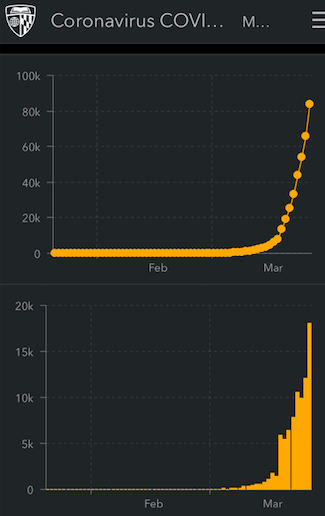
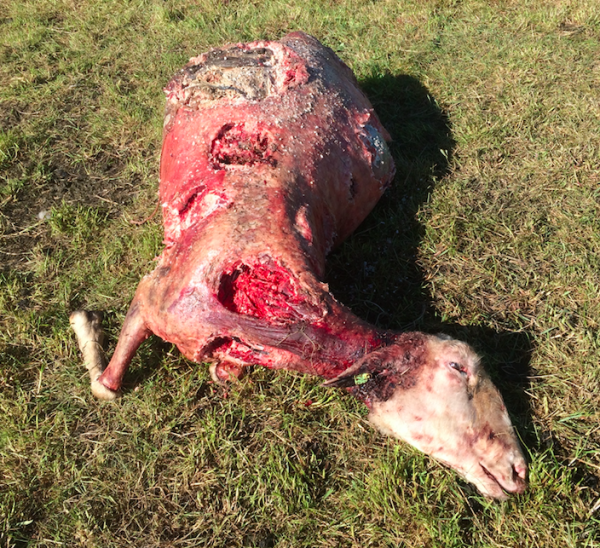



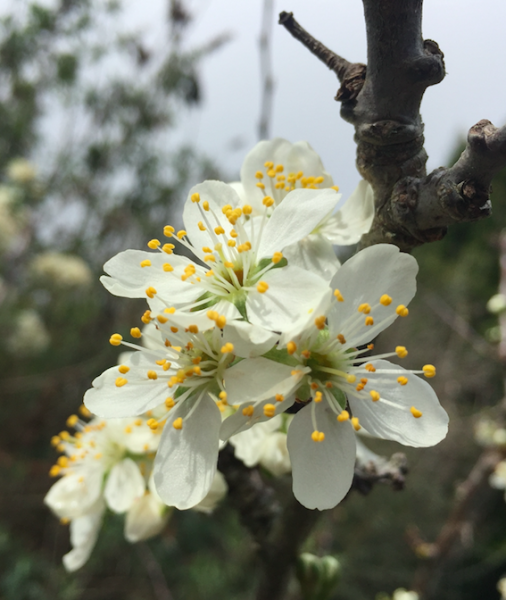
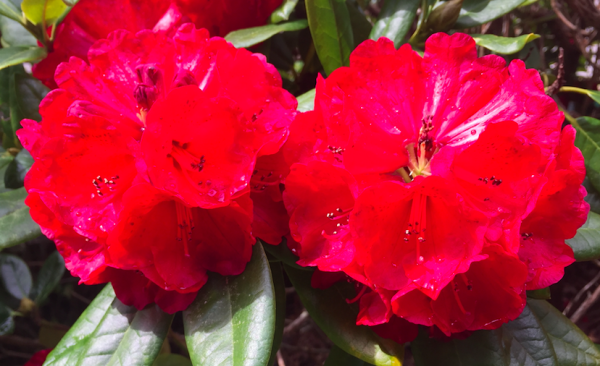
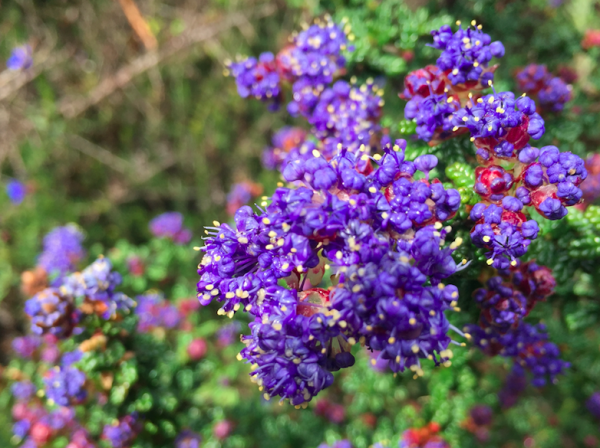
Very nice. Thanks for reminding me: “Behold the the lilies of the field, they neither spin nor toil, yet king Solomon in all his finery was never so greatly arrayed. Therefore I say to you, do not worry about tomorrow.” Or something like that, you get the idea. We could modify that a little: “Behold the splendor in Humboldt County, its variety and abundance overwhelm us; the Coronavirus in all its terror cannot rob us of its beauty. Therefore I say to you, savor every moment and do not waste another.” Thank you for sharing these thoughtful reflections. You inspire me.
Hell yes! I think your re-write of that quote is way better than the original!
I really appreciate this piece, Miles. I have been trying to journal and it is hard for me to let go of the chaos for long enough to really get into writing. I finally decided to do an oral diary and last night recorded my thoughts for 40 minutes. So I appreciate this clear-eyed reflection all the more.
I am sorry you are scared. I’m scared too. We’re living a reference point in history and mostly that’s just confusion and anxiety and distraction. I have also found that giving blood and watching spring arrive have been the most helpful things. We, plus Peetey and Greg.
Last night was the first time I felt in my emotional center what I’ve known intellectually for a long time: that people I know will die. Hopefully not too many—hopefully the medical professionals save us all. But it’s about to get really, really bad in the prisons and I’m coming to terms with the fact that good people I know are going to die from this in prison. No real precautions have been taken and it’s just a matter of time. My heart already feels beaten down by it all.
As always, thank you for your writing and the depth of both analysis and self-reflection. I appreciate you always, and hope that you and yours stay safe.
Hi Katie! Thanks so much for this kind and thoughtful comment.
This will be a challenging time even for people whose lives are only peripherally altered by the pandemic, let alone for people who are directly impacted. It’s good to connect from a distance and shore up the feeling that, even if we have to be apart right now, people around the world are all sharing many of the same emotions and experiences. We’re all in this together!
Thanks for this well thought out and beautifully written post Miles. You dad brought it to my attention, and I thank him for that. I especially appreciated your thoughts on what keeps us sane. It reminded me of an essay I read describing a conversation between Kurt Vonnegut and his son Mark (who was Heather’s pediatrician for the first three years of her life, but you can ask her about that). They were discussing what life was really all about, and Mark’s summary was, “We are here to help each other get through this thing, whatever it is.” So thank you for helping us get through this thing, whatever it is.
Thanks, Bill! I really appreciate you taking the time to read my work, and also to leave this nice comment. I think the best function this journal can serve is give anyone who reads it a sense of all being in this together, even if we have to remain physically apart. I’m very glad to hear that it seems to have made that impression on you! 🙂